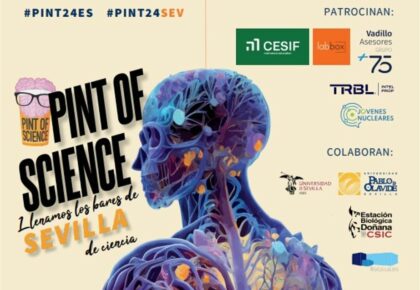
Researchers at the Universidad Pablo de Olavide in Seville, in collaboration with researchers at the global healthcare company Abbott, are pioneering new discoveries to better understand how gut health and nutrition may impact brain health, from infancy onwards.
First-of-their-kind study results, published this month in the Public Library of Science’s peer-reviewed journal PLOS ONE, show that in a pre-clinical animal study, the dietary intake of the prebiotic 2′-fucosyllactose (2′-FL), the most abundant Human Milk Oligosaccharide (HMO) found in most human milk, helps to enhance learning and memory by strengthening the area of the brain related to spatial memory and learning processes through the gut-brain axis. This builds on previously-existing data that the vagus nerve helps transport beneficial nutrients between the gut and brain.
Research Methodology and Findings
Previous research has demonstrated that the gut-brain axis plays a significant role in promoting cognitive benefits. This new research shows that the effect of 2´-FL HMO on cognitive function, learning and memory improvements is dependent on the integrity of the vagus nerve. This is the first demonstration of a prebiotic, the 2’-FL HMO, improving cognitive benefits via the gut-brain axis.
The University conducted this research by feeding a diet supplemented with 2’-FL to a group of normal rats and a group of rats whose gut-brain communication was disrupted. The study demonstrated that in rats whose gut-brain communication is not interrupted, 2’-FL strengthens the area of the brain related to spatial memory and learning processes. In rats whose gut-brain communication was disrupted, these benefits were abolished.
Implications, and the Role of 2’-FL HMO in Infancy
Research increasingly demonstrates that much of breast milk’s value lies in the HMOs – the third most predominant ingredient in breast milk, after fat and carbohydrates. 2’-FL is a unique immune-nourishing prebiotic, and it’s the most abundant HMO in most moms’ breast milk.
The multiple benefits that breast milk provides a newborn are beyond question, covering all the nutritional needs of the baby. The results of this study show another potential role of HMOs in infant development; demonstrating that HMOs may contribute to cognitive development, starting at infancy via the gut-brain axis. The results of this research complement existing research that has demonstrated the addition of 2’-FL HMO to infant formula brings it closer to breast milk than ever before.
The study was developed and led by researchers at Abbott in Granada, Spain and in Columbus, Ohio, USA, with the support of the researchers at the Department of Neurosciences at the Universidad Pablo de Olavide, Seville, Spain.
The manuscript, titled «Dietary 2’-Fucosyllactose Enhances Operant Conditioning and Long-Term Potentiation via Gut-Brain Communication through the Vagus Nerve in Rodents» can be read in full, here: http://journals.plos.org/plosone/article?id=10.1371/journal.pone.0166070.





